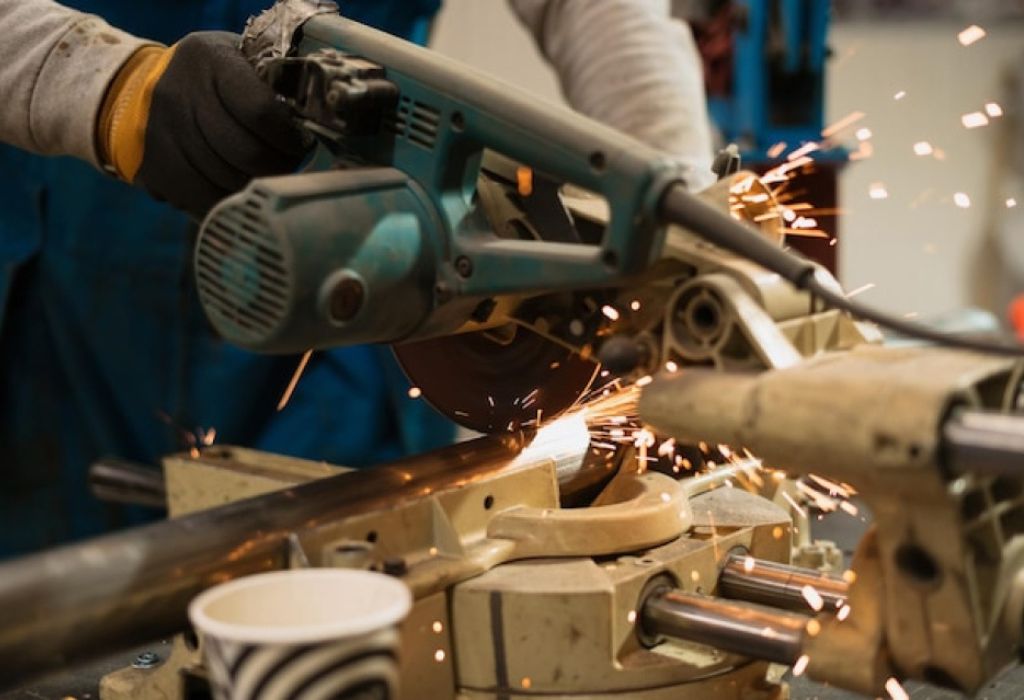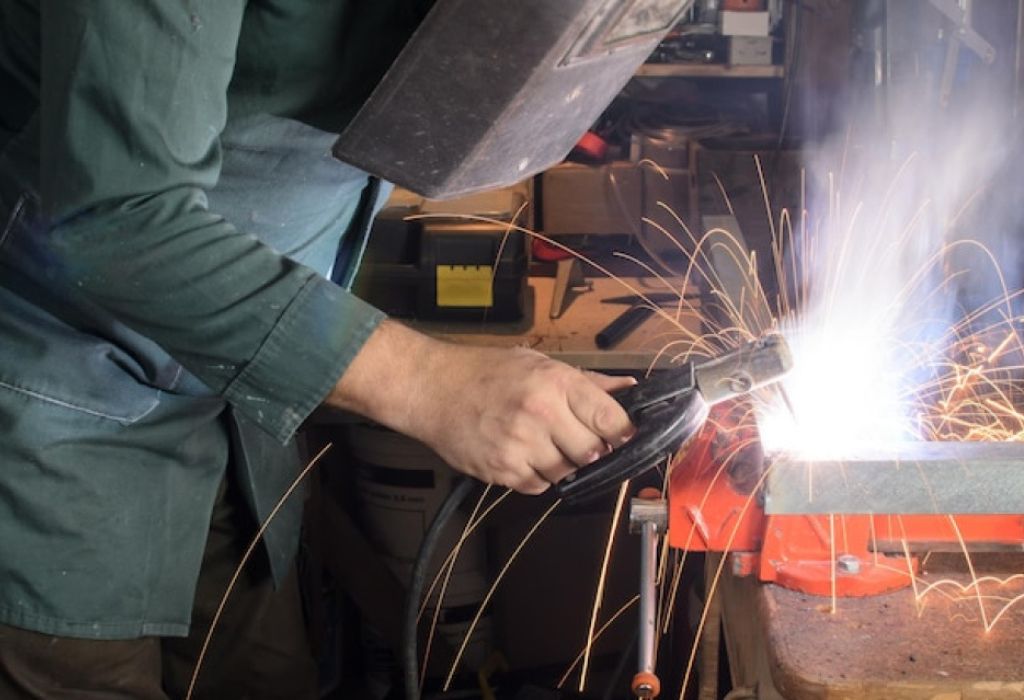In the world of welding, precision is everything. Even slight deviations in machine settings can cause defects, weaken welds, and lead to costly rework.
A study by the American Welding Society found that up to 35% of welding defects are caused by equipment miscalibration (source). Proper calibration ensures weld quality, operator safety, and long-term equipment reliability.
Welding machine calibration is the process of adjusting and verifying settings to ensure the machine operates within the manufacturer’s specifications. This includes checking voltage, amperage, wire feed speed, and arc stability.
This guide provides a step-by-step process for calibrating MMA, MIG, and TIG machines. It also covers common calibration issues, tools required, and expert maintenance tips. By the end, you’ll know how to maintain optimal performance and achieve consistent, high-quality welds.
Understanding Welding Machine Calibration

Calibration ensures that the welding machine delivers accurate voltage, amperage, and arc characteristics. Miscalibration can lead to inconsistent welds, excessive spatter, or undercutting.
What is welding machine calibration?
It is the adjustment of machine parameters to ensure output matches set specifications.
Why is calibration important?
It ensures consistent weld quality, reduces defects, and enhances safety.
What happens if a machine is not calibrated?
Incorrect settings can produce weak, uneven, or unsafe welds.
How often should welding machines be calibrated?
Typically, once a year or after major repairs.
Who should perform calibration?
Certified welding inspectors or trained personnel should perform calibration.
Tools and Equipment Needed
Accurate calibration requires proper tools. Essential equipment includes digital multimeters, clamp meters, voltage testers, welding coupons, and calibration reference sheets.
What tools are required for calibration?
Multimeter, clamp meter, voltmeter, welding coupons, and reference charts.
Can calibration be done without specialized tools?
No, accurate tools are necessary to ensure precise adjustments.
Are software-based calibration tools available?
Yes, some modern machines have integrated digital calibration software.
Do you need safety equipment?
Yes, gloves, helmets, and protective clothing are required.
Is training required to use calibration tools?
Yes, knowledge of measurement techniques is essential for accuracy.
Step-by-Step Calibration Process
Calibration varies slightly for MMA, MIG, and TIG machines, but the general steps remain similar:
- Turn off the machine and verify it is safe to access controls.
- Check voltage output using a digital voltmeter under no-load and load conditions.
- Measure amperage with a clamp meter while welding a test coupon.
- Adjust potentiometers or digital controls to match specifications.
- Verify duty cycle to ensure the machine can sustain rated output.
- Test arc stability on a scrap metal piece.
What is the first step?
Ensure the machine is powered off and safe to access.
How do you check voltage accuracy?
Measure output at the welding terminals under no-load and load.
How do you adjust current settings?
Compare measured amperage with the set value and adjust controls.
What is duty cycle verification?
It confirms the machine can operate at rated output without overheating.
Should arc stability be tested?
Yes, weld a test coupon to verify smooth, consistent output.
Common Issues During Calibration
Several issues are often discovered: voltage drops, inconsistent amperage, unstable arc, faulty potentiometers, and worn cables.
What is a common voltage issue?
Voltage may read lower than set, indicating a need for adjustment or component replacement.
How is inconsistent amperage detected?
A clamp meter during welding reveals fluctuations.
What causes arc instability?
Dirty contacts, worn cables, or improper settings.
Can calibration reveal hidden faults?
Yes, it can expose worn components affecting performance.
What should be done if potentiometers are faulty?
Replace or recalibrate according to the manufacturer’s instructions.
Maintaining Accurate Calibration
Routine maintenance preserves calibration accuracy. Regularly inspect and clean connectors, replace worn cables, and record calibration results for reference. Environmental factors like humidity and dust can also affect machine performance.
How often should calibration be checked?
Before critical projects and after maintenance or relocation.
Does environment affect calibration?
Yes, humidity, temperature, and dust can impact measurements.
Should records be maintained?
Yes, for tracking machine performance over time.
Can improper storage affect calibration?
Yes, exposure to moisture or dust can degrade components.
Is cleaning important?
Yes, it prevents measurement inaccuracies and electrical faults.
Advanced Calibration Methods

Modern machines offer digital calibration and automated routines. Reference standards and certified measurement equipment can improve precision. High-end machines may self-calibrate to reduce human error.
Are digital methods more accurate?
Yes, they minimize human error and provide precise adjustment.
What are reference standards?
Certified standards for verifying voltage, current, and arc output.
Can machines self-calibrate?
Some high-end models have automated calibration routines.
Is advanced calibration required for all machines?
Basic machines may only need manual verification.
Does advanced calibration improve weld quality?
Yes, it ensures consistent output and minimizes defects.
Safety Considerations
Always power down the machine before internal adjustments. Use insulated tools and PPE, verify grounding, and never bypass safety interlocks. High-amperage machines require additional precautions.
Is PPE necessary during calibration?
Yes, gloves, helmet, and protective clothing are required.
Can calibration be done while live?
No, always turn off and disconnect power.
Why is grounding important?
It prevents electric shock and ensures accurate readings.
Should interlocks be bypassed?
Never, it can cause injury or damage.
Are extra precautions needed for high-current machines?
Yes, follow manufacturer guidelines for handling high amperage.
Benefits of Proper Calibration
Properly calibrated machines provide consistent weld quality, reduce rework, enhance safety, and extend machine life. Productivity improves as fewer errors occur.
How does calibration improve weld quality?
Accurate voltage and amperage ensure correct penetration and bead formation.
Does calibration reduce defects?
Yes, it minimizes porosity, cracks, and weak joints.
Can operator safety improve?
Yes, stable output reduces unexpected arcs and hazards.
Does calibration extend machine life?
Yes, it prevents overloading and excessive wear.
Is productivity increased?
Yes, less time is spent troubleshooting and reworking welds.
Conclusion
Calibrating welding machines is essential for consistent, high-quality welds. Following the step-by-step process, maintaining tools, and performing routine checks ensure optimal performance. Proper calibration reduces defects, improves safety, and prolongs equipment life. Regular calibration is a small investment that pays off in reliability and productivity.

I’m Darrell Julian, the founder, lead writer, and hands-on welding enthusiast behind ArcWeldingPro.com. With more than 15 years of real-world welding experience, I created this platform to share what I’ve learned in the field, in the shop, and in the heat of the arc.


